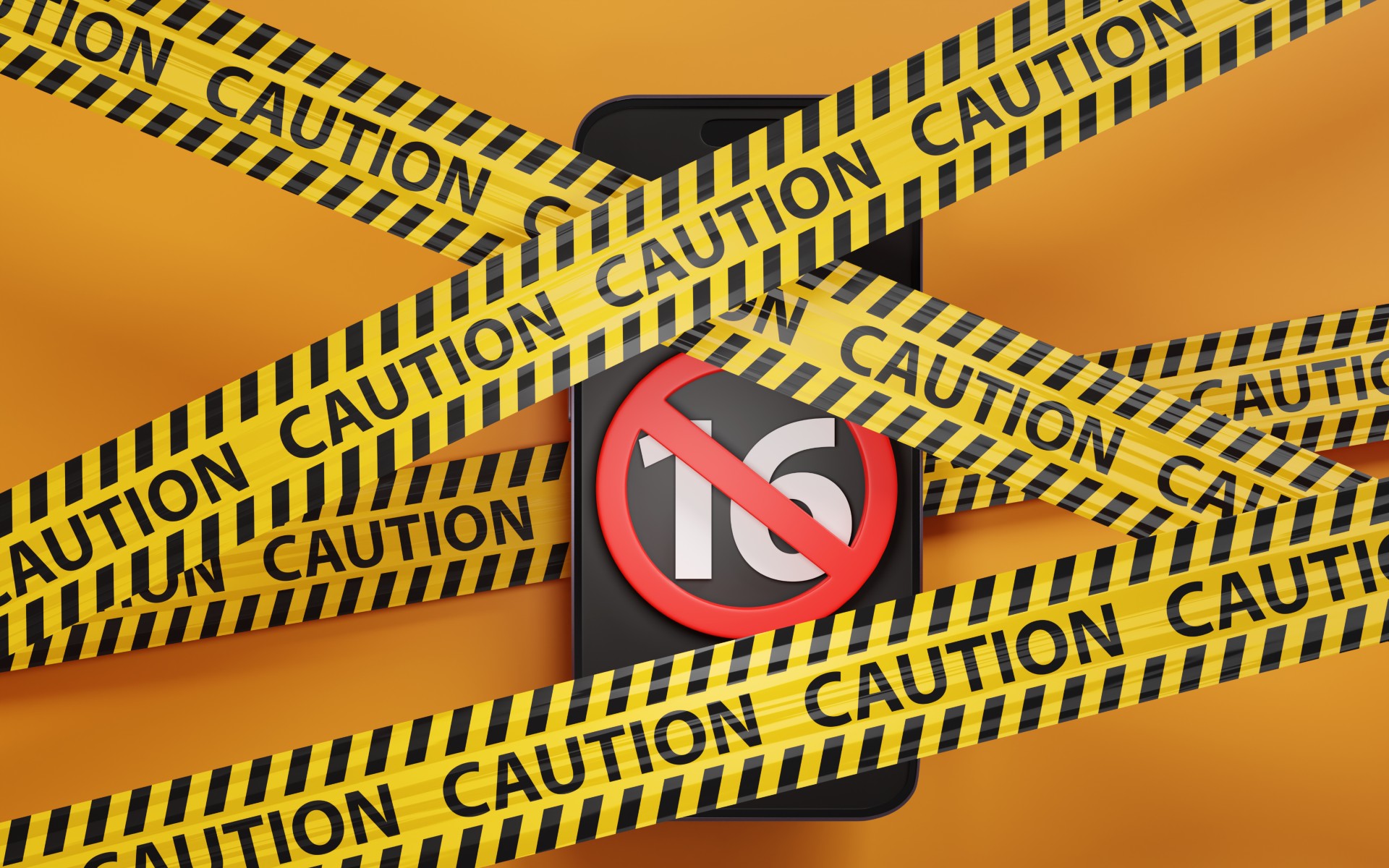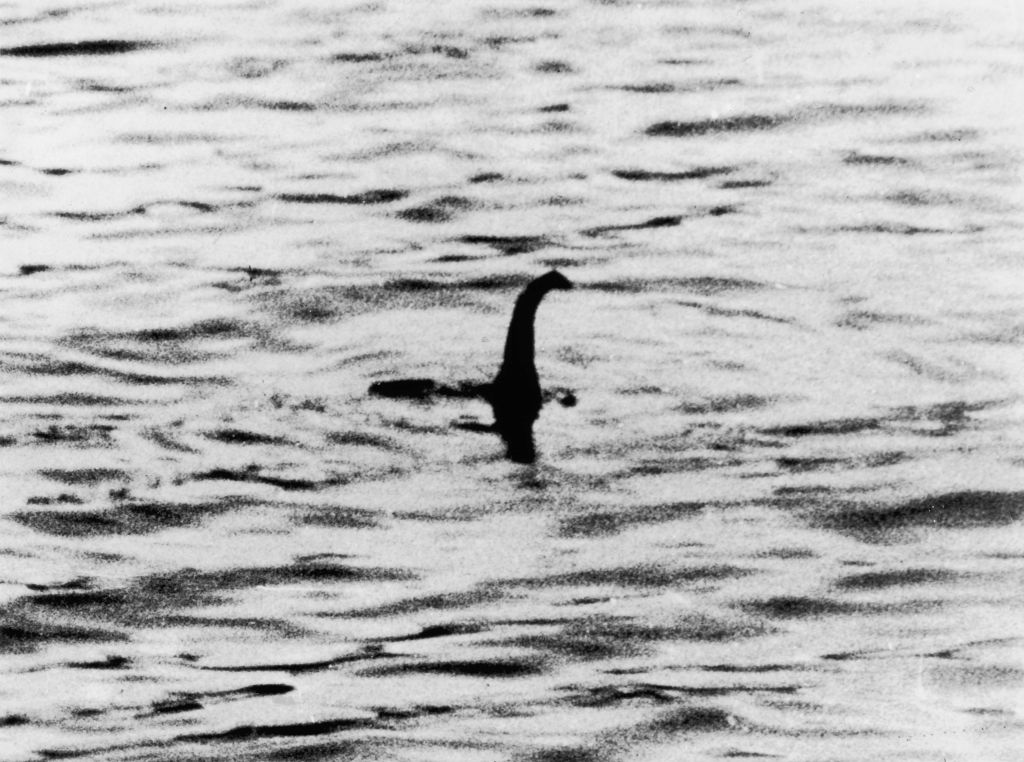Archaeologists find a hidden message in a mysterious 18,700-year-old tomb


Archaeologists have discovered an important clue at the burial site of the mysterious "Red Lady of el Miron."
The grave site in northern Spain, which dates to roughly 18,700 years ago, has baffled historians since its discovery was announced. The woman's remains are next to a block tinted with red ochre, Ancient Origins reports, and the woman was buried with flowers. The red ochre also tints some of the woman's remains. In addition, the cave where she was buried contains thousands of stone artifacts and animal bones.
Historians knew the site was important because it is the first Magdalenian Age burial site found on the Iberian Peninsula, but they didn't know what to make of the site. The Magdalenian Age took place 19,000 to 11,000 years ago, and the researchers estimate the woman was between 35 and 40 years old when she died.
The Week
Escape your echo chamber. Get the facts behind the news, plus analysis from multiple perspectives.

Sign up for The Week's Free Newsletters
From our morning news briefing to a weekly Good News Newsletter, get the best of The Week delivered directly to your inbox.
From our morning news briefing to a weekly Good News Newsletter, get the best of The Week delivered directly to your inbox.
Now, archaeologists excavating the cave have discovered a limestone block they believe is the woman's tombstone. The block features a triangular engraving, which they believe represents the female pubic bone. The findings are described in the March issue of the Journal of Archaeological Science.
"The lines seem to be sort of random, but there is a motif that is a triangle — repeated lines that make a V-shape," Lawrence Guy Straus, an archaeologist from the University of New Mexico who led the excavation, told New Scientist. "What is being represented, at least by some of these lines, might be a female person. Conceivably, this block serves as some kind of marker."
The team hopes the gravestone will better explain the elaborate grave site, which could help historians understand Paleolithic cultures' burial rituals.
A free daily email with the biggest news stories of the day – and the best features from TheWeek.com
Meghan DeMaria is a staff writer at TheWeek.com. She has previously worked for USA Today and Marie Claire.
-
 ‘The economics of WhatsApp have been mysterious for years’
‘The economics of WhatsApp have been mysterious for years’Instant Opinion Opinion, comment and editorials of the day
-
 Will Democrats impeach Kristi Noem?
Will Democrats impeach Kristi Noem?Today’s Big Question Centrists, lefty activists also debate abolishing ICE
-
 Is a social media ban for teens the answer?
Is a social media ban for teens the answer?Talking Point Australia is leading the charge in banning social media for people under 16 — but there is lingering doubt as to the efficacy of such laws
-
 Nobody seems surprised Wagner's Prigozhin died under suspicious circumstances
Nobody seems surprised Wagner's Prigozhin died under suspicious circumstancesSpeed Read
-
 Western mountain climbers allegedly left Pakistani porter to die on K2
Western mountain climbers allegedly left Pakistani porter to die on K2Speed Read
-
 'Circular saw blades' divide controversial Rio Grande buoys installed by Texas governor
'Circular saw blades' divide controversial Rio Grande buoys installed by Texas governorSpeed Read
-
 Los Angeles city workers stage 1-day walkout over labor conditions
Los Angeles city workers stage 1-day walkout over labor conditionsSpeed Read
-
 Mega Millions jackpot climbs to an estimated $1.55 billion
Mega Millions jackpot climbs to an estimated $1.55 billionSpeed Read
-
 Bangladesh dealing with worst dengue fever outbreak on record
Bangladesh dealing with worst dengue fever outbreak on recordSpeed Read
-
 Glacial outburst flooding in Juneau destroys homes
Glacial outburst flooding in Juneau destroys homesSpeed Read
-
 Scotland seeking 'monster hunters' to search for fabled Loch Ness creature
Scotland seeking 'monster hunters' to search for fabled Loch Ness creatureSpeed Read
